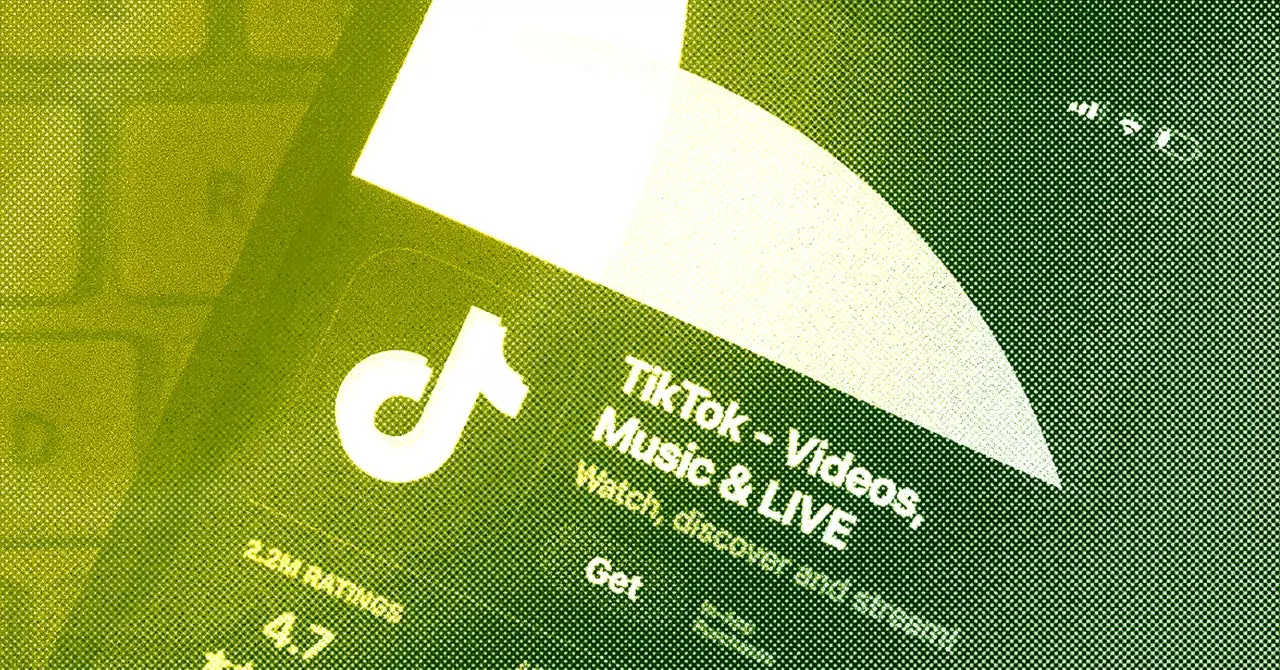In the realm of social media, TikTok stands as a phenomenon that has captivated millions worldwide, especially among younger demographics. With over 170 million monthly active users in the United States alone, the platform has taken on a cultural significance unlike any other. Yet, what precisely is the template of TikTok’s allure? At its core, TikTok thrives on creativity, showcasing an eclectic mix of artistic expression, humor, and storytelling. It provides its users with the tools to generate brief, engaging videos that resonate on a deeply personal level.
For many, including prominent personalities and casual users, TikTok serves as an instantaneous escape from reality. The short-form video format enables quick consumption of content, catering to the modern attention span that craves rapid stimulation. Whether it is dancers, artists, or everyday creators, the site offers an endless stream of innovative expressions, ensuring that boredom is a distant memory.
The Rise of Subcultures: Romantasy and Beyond
A particularly interesting subculture has emerged on TikTok: romantasy—a blend of romance and fantasy that has captured widespread interest. As Zoe Schiffer passionately reveals, this genre encapsulates narratives filled with mythical creatures and enchanting worlds, bridging the gap between two traditionally distinct literature genres. The advent of platforms like TikTok has made niche genres more accessible, allowing readers to explore multifaceted characters and stories that seamlessly weave together the fantastical with the romantic.
Readers like Zoe have found themselves immersed in this whimsical world, to a point where conventional literature feels mundane by comparison. This revelation speaks volumes about TikTok’s potential to shape and redefine what readers can engage with and, more significantly, how they identify their tastes. Young creatives are not merely consuming content; they are crafting identities within the vibrant tapestry of TikTok culture.
TikTok fosters a unique form of intimacy that transcends geographical boundaries. The platform not only allows creators to share their stories but also provides viewers with a profound connection to those narratives. In a particularly touching moment during a discussion, Lauren Goode shares her heartfelt reaction to a TikTok about Moth Girl, showcasing the emotional weight of personal storytelling found across the platform. The communal aspect of TikTok cannot be overstated; when creators share their experiences, they often evoke an emotional response that resonates with countless others.
This sense of community is amplified by TikTok’s algorithm, which curates content based on user preferences, ensuring individuals find videos that align with their tastes and interests. As a result, users not only discover content that makes them laugh or cry, but they also often stumble upon creators who mirror their own experiences, thus fostering validation, empathy, and connection.
The platform has also ushered in an era of unparalleled creative exploration, allowing individuals to display talents that might have gone unnoticed elsewhere. The mention of creators like Smac, known for her dynamic blend of comedy and interpretive dance, illustrates the variety of talents accessible on TikTok. These creators breathe life into the mundane, transforming even commonplace scenarios into expressions of artistry. TikTok’s emphasis on creativity encourages users to venture outside their comfort zones, leading to innovations that push the envelope of what is conceivable in the digital space.
In an environment where everyone possesses the potential to become a creator, the line between audience and performer blurs. This democratization of content creation invites people from diverse backgrounds to share their unique experiences and skills, enriching the tapestry of content available on the app.
The Future of TikTok: Challenges and Opportunities
Despite its massive success, TikTok faces existential threats, including regulatory scrutiny and potential bans, as evidenced by ongoing discussions about its operations in various countries. However, the question lies not only in the survival of the app but also in understanding its lasting impact on culture and identity.
As the conversation around TikTok’s significance continues to evolve, it remains imperative to assess what this platform represents in terms of social engagement and artistic expression. TikTok is not just a fleeting trend; it is a cultural movement that can redefine how individuals communicate, relate, and express themselves artistic ways.
TikTok embodies a unique blend of entertainment, creativity, and emotional connection that speaks directly to the heart of contemporary identity-building. Whether through enchanting narratives or captivating performances, the app establishes a platform that invites each user to be a part of something larger than themselves—an invaluable characteristic that may forever alter our interaction with digital spaces.

